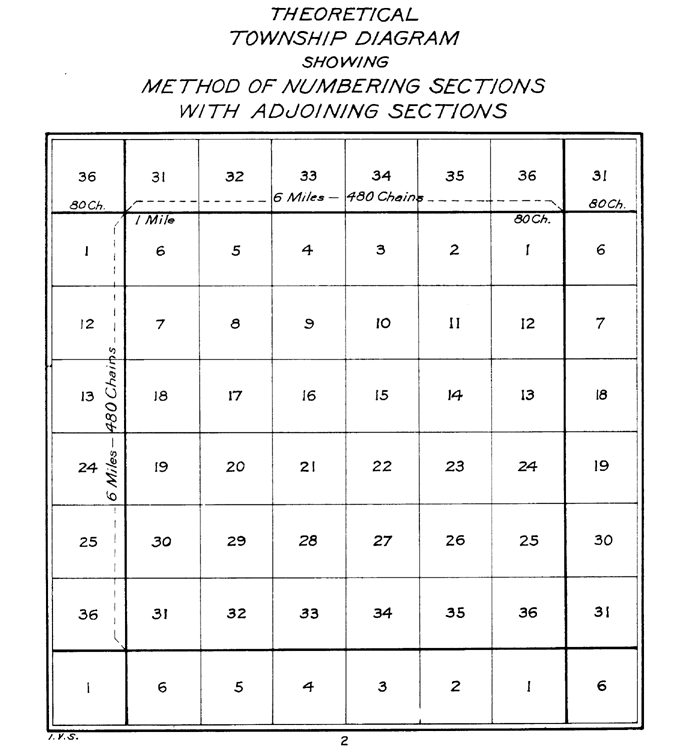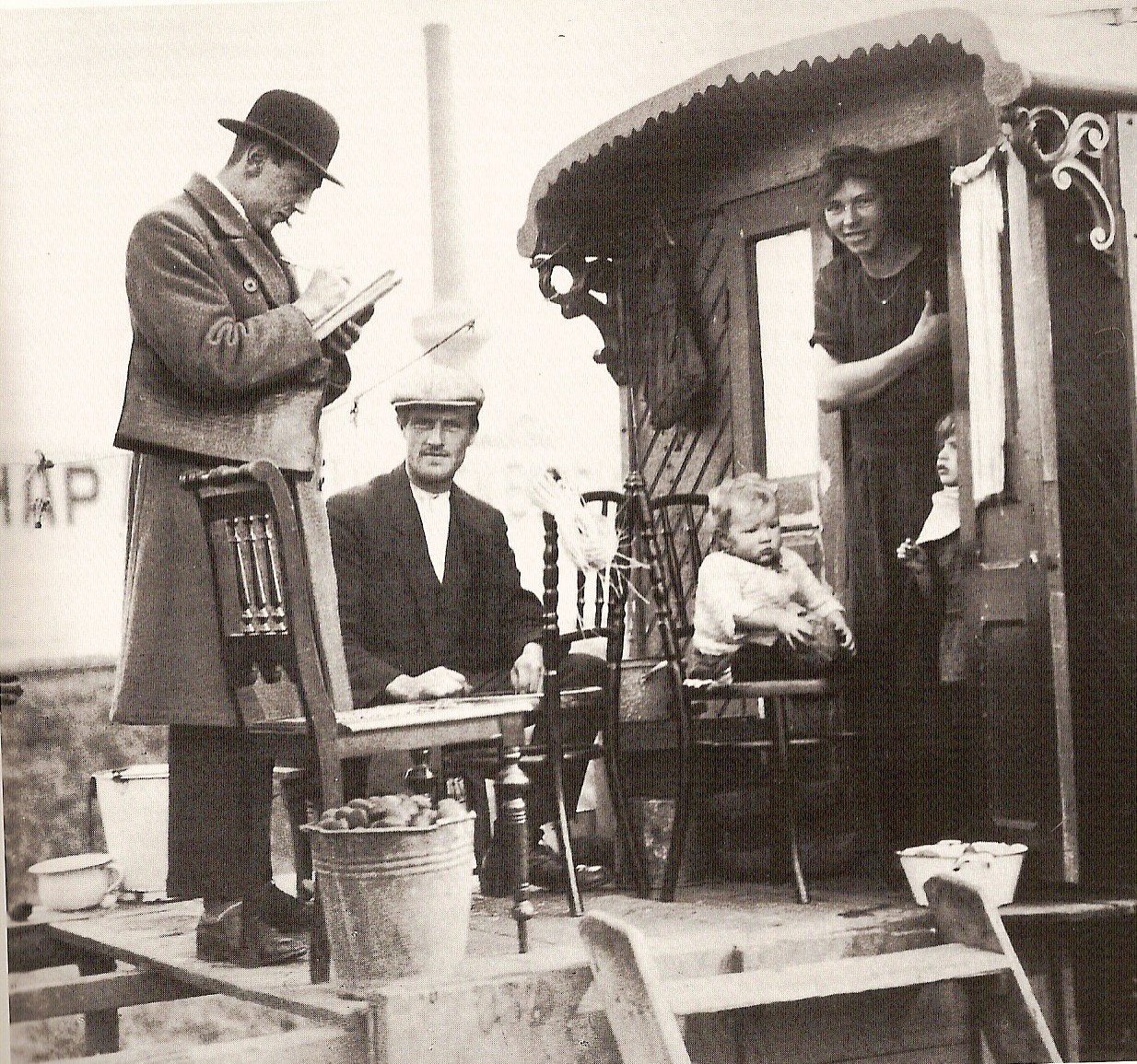|
Brandon Township, Minnesota
Brandon Township is a township in Douglas County, Minnesota, United States. The population was 641 at the 2000 census. Brandon Township was organized in 1867. It took its name from the settlement of Brandon, Minnesota. Geography According to the United States Census Bureau, the township has a total area of , of which is land and (14.48%) is water. Demographics As of the census of 2000, there were 641 people, 249 households, and 199 families residing in the township. The population density was 21.1 people per square mile (8.1/km2). There were 406 housing units at an average density of 13.4/sq mi (5.2/km2). The racial makeup of the township was 97.66% White, 0.16% Native American, 1.40% Asian, and 0.78% from two or more races. Hispanic or Latino of any race were 0.31% of the population. There were 249 households, out of which 30.1% had children under the age of 18 living with them, 75.9% were married couples Marriage, also called matrimony or wedl ... [...More Info...] [...Related Items...] OR: [Wikipedia] [Google] [Baidu] |
Township (United States)
A township in some states of the United States is a small geographic area. The term is used in three ways. #A survey township is simply a geographic reference used to define property location for deeds and grants as surveyed and platted by the General Land Office (GLO). A survey township is nominally six by six miles square, or 23,040 acres. #A civil township is a unit of local government, generally a civil division of a county. Counties are the primary divisional entities in many states, thus the powers and organization of townships varies from state to state. Civil townships are generally given a name, sometimes written with the included abbreviation "Twp". #A charter township, found only in the state of Michigan, is similar to a civil township. Provided certain conditions are met, a charter township is mostly exempt from annexation to contiguous cities or villages, and carries additional rights and responsibilities of home rule. Survey townships Survey townships are genera ... [...More Info...] [...Related Items...] OR: [Wikipedia] [Google] [Baidu] |
Brandon, Minnesota
Brandon is a city in Douglas County, Minnesota, United States. The population was 501 at the 2020 census. History The village of Brandon was incorporated on November 22, 1881. The current town site was laid out when the railroad was being built in August 1879. The town was called Chippewa when at its previous location which was two miles north of the present day site. Brandon was named in honor of Brandon, Vermont, the birthplace of Stephen A. Douglas. Government Brandon Township has a Mayor-council government, with one mayor and four city council members. Roger Campbell serves as mayor, while Mike Ranweiler, Scott Pohlmann, Brad Klossner, and Jerry Bitzan serve as city council members. The town also has an economic development authority, of which Dave Wolf serves as President. Geography According to the United States Census Bureau, the city has a total area of , of which is land and is water. Demographics 2010 census As of the census of 2010, there were 489 people, 20 ... [...More Info...] [...Related Items...] OR: [Wikipedia] [Google] [Baidu] |
Poverty Line
The poverty threshold, poverty limit, poverty line or breadline is the minimum level of income deemed adequate in a particular country. The poverty line is usually calculated by estimating the total cost of one year's worth of necessities for the average adult.Poverty Lines – Martin Ravallion, in The New Palgrave Dictionary of Economics, 2nd Edition, London: Palgrave Macmillan The cost of housing, such as the rent for an apartment, usually makes up the largest proportion of this estimate, so economists track the real estate market and other housing cost indicators as a major influence on the poverty line. Individual factors are often used to account for various circumstances, such as whether one is a parent, elderly, a child, married, etc. The poverty threshold may be adjusted annually. In practice, like the definition of poverty, the official or common understanding of the poverty line is significantly higher in developed countries than in developing countries. In October ... [...More Info...] [...Related Items...] OR: [Wikipedia] [Google] [Baidu] |
Per Capita Income
Per capita income (PCI) or total income measures the average income earned per person in a given area (city, region, country, etc.) in a specified year. It is calculated by dividing the area's total income by its total population. Per capita income is national income divided by population size. Per capita income is often used to measure a sector's average income and compare the wealth of different populations. Per capita income is also often used to measure a country's standard of living. It is usually expressed in terms of a commonly used international currency such as the euro or United States dollar, and is useful because it is widely known, is easily calculable from readily available gross domestic product (GDP) and population estimates, and produces a useful statistic for comparison of wealth between sovereign territories. This helps to ascertain a country's development status. It is one of the three measures for calculating the Human Development Index of a country. Per ... [...More Info...] [...Related Items...] OR: [Wikipedia] [Google] [Baidu] |
Marriage
Marriage, also called matrimony or wedlock, is a culturally and often legally recognized union between people called spouses. It establishes rights and obligations between them, as well as between them and their children, and between them and their in-laws. It is considered a cultural universal, but the definition of marriage varies between cultures and religions, and over time. Typically, it is an institution in which interpersonal relationships, usually sexual, are acknowledged or sanctioned. In some cultures, marriage is recommended or considered to be compulsory before pursuing any sexual activity. A marriage ceremony is called a wedding. Individuals may marry for several reasons, including legal, social, libidinal, emotional, financial, spiritual, and religious purposes. Whom they marry may be influenced by gender, socially determined rules of incest, prescriptive marriage rules, parental choice, and individual desire. In some areas of the world, arranged ... [...More Info...] [...Related Items...] OR: [Wikipedia] [Google] [Baidu] |
Latino (U
Latino or Latinos most often refers to: * Latino (demonym), a term used in the United States for people with cultural ties to Latin America * Hispanic and Latino Americans in the United States * The people or cultures of Latin America; ** Latin Americans Latino and Latinos may also refer to: Language and linguistics * ''il Latino, la lingua Latina''; in English known as Latin * '' Latino sine flexione'', a constructed language * The native name of the Mozarabic language * A historical name for the Judeo-Italian languages Media and entertainment Music * ''Latino'' (Sebastian Santa Maria album) *''Latino'', album by Milos Karadaglic *"Latino", winning song from Spain in the OTI Festival, 1981 Other media * ''Latino'' (film), from 1985 * ''Latinos'' (newspaper series) People Given name *Latino Galasso, Italian rower *Latino Latini, Italian scholar and humanist of the Renaissance *Latino Malabranca Orsini, Italian cardinal *Latino Orsini, Italian cardinal Other names *Jos ... [...More Info...] [...Related Items...] OR: [Wikipedia] [Google] [Baidu] |
Hispanic (U
The term ''Hispanic'' ( es, hispano) refers to people, cultures, or countries related to Spain, the Spanish language, or Hispanidad. The term commonly applies to countries with a cultural and historical link to Spain and to viceroyalties formerly part of the Spanish Empire following the Spanish colonization of the Americas, parts of the Asia-Pacific region and Africa. Outside of Spain, the Spanish language is a predominant or official language in the countries of Hispanic America and Equatorial Guinea. Further, the cultures of these countries were influenced by Spain to different degrees, combined with the local pre-Hispanic culture or other foreign influences. Former Spanish colonies elsewhere, namely the Spanish East Indies (the Philippines, Marianas, etc.) and Spanish Sahara ( Western Sahara), were also influenced by Spanish culture, however Spanish is not a predominant language in these regions. Hispanic culture is a set of customs, traditions, beliefs, and art for ... [...More Info...] [...Related Items...] OR: [Wikipedia] [Google] [Baidu] |
Asian (U
{{disambiguation ...
Asian may refer to: * Items from or related to the continent of Asia: ** Asian people, people in or descending from Asia ** Asian culture, the culture of the people from Asia ** Asian cuisine, food based on the style of food of the people from Asia ** Asian (cat), a cat breed similar to the Burmese but in a range of different coat colors and patterns * Asii (also Asiani), a historic Central Asian ethnic group mentioned in Roman-era writings * Asian option, a type of option contract in finance * Asyan, a village in Iran See also * * * East Asia * South Asia * Southeast Asia * Asiatic (other) Asiatic refers to something related to Asia. Asiatic may also refer to: * Asiatic style, a term in ancient stylistic criticism associated with Greek writers of Asia Minor * In the context of Ancient Egypt, beyond the borders of Egypt and the co ... [...More Info...] [...Related Items...] OR: [Wikipedia] [Google] [Baidu] |
Native American (U
Native Americans or Native American may refer to: Ethnic groups * Indigenous peoples of the Americas, the pre-Columbian peoples of North and South America and their descendants * Native Americans in the United States * Indigenous peoples in Canada ** First Nations in Canada, Canadian indigenous peoples neither Inuit nor Métis ** Inuit, an indigenous people of the mainland and insular Bering Strait, northern coast, Labrador, Greenland, and Canadian Arctic Archipelago regions ** Métis in Canada, peoples of Canada originating from both indigenous (First Nations or Inuit) and European ancestry * Indigenous peoples of Costa Rica * Indigenous peoples of Mexico * Indigenous peoples of South America ** Indigenous peoples in Argentina ** Indigenous peoples in Bolivia ** Indigenous peoples in Brazil ** Indigenous peoples in Chile ** Indigenous peoples in Colombia ** Indigenous peoples in Ecuador Indigenous peoples in Ecuador, or Native Ecuadorians, are the groups of people wh ... [...More Info...] [...Related Items...] OR: [Wikipedia] [Google] [Baidu] |
White (U
White is the lightest color and is achromatic (having no hue). It is the color of objects such as snow, chalk, and milk, and is the opposite of black. White objects fully reflect and scatter all the visible wavelengths of light. White on television and computer screens is created by a mixture of red, blue, and green light. The color white can be given with white pigments, especially titanium dioxide. In ancient Egypt and ancient Rome, priestesses wore white as a symbol of purity, and Romans wore white togas as symbols of citizenship. In the Middle Ages and Renaissance a white unicorn symbolized chastity, and a white lamb sacrifice and purity. It was the royal color of the kings of France, and of the monarchist movement that opposed the Bolsheviks during the Russian Civil War (1917–1922). Greek and Roman temples were faced with white marble, and beginning in the 18th century, with the advent of neoclassical architecture, white became the most common color of new c ... [...More Info...] [...Related Items...] OR: [Wikipedia] [Google] [Baidu] |
Population Density
Population density (in agriculture: Stock (other), standing stock or plant density) is a measurement of population per unit land area. It is mostly applied to humans, but sometimes to other living organisms too. It is a key geographical term.Matt RosenberPopulation Density Geography.about.com. March 2, 2011. Retrieved on December 10, 2011. In simple terms, population density refers to the number of people living in an area per square kilometre, or other unit of land area. Biological population densities Population density is population divided by total land area, sometimes including seas and oceans, as appropriate. Low densities may cause an extinction vortex and further reduce fertility. This is called the Allee effect after the scientist who identified it. Examples of the causes of reduced fertility in low population densities are * Increased problems with locating sexual mates * Increased inbreeding Human densities Population density is the number of people pe ... [...More Info...] [...Related Items...] OR: [Wikipedia] [Google] [Baidu] |
Census
A census is the procedure of systematically acquiring, recording and calculating information about the members of a given population. This term is used mostly in connection with national population and housing censuses; other common censuses include censuses of agriculture, traditional culture, business, supplies, and traffic censuses. The United Nations (UN) defines the essential features of population and housing censuses as "individual enumeration, universality within a defined territory, simultaneity and defined periodicity", and recommends that population censuses be taken at least every ten years. UN recommendations also cover census topics to be collected, official definitions, classifications and other useful information to co-ordinate international practices. The UN's Food and Agriculture Organization (FAO), in turn, defines the census of agriculture as "a statistical operation for collecting, processing and disseminating data on the structure of agriculture, coverin ... [...More Info...] [...Related Items...] OR: [Wikipedia] [Google] [Baidu] |




